The Volgograd region is located in the southeast of the European part of Russia. Her neighbors are Saratov, Astrakhan, Voronezh regions, the Republic of Kalmykia, Kazakhstan. The population of the Volgograd region is traditionally multinational (Ukrainians, Kazakhs, Tatars, Armenians, Georgians, Azerbaijanis, Moldavians, Gypsies, Belarusians, Jews, Kalmyks, Udmurts, etc.). It is no accident that the workers of the Volgograd land erected the Friendship fountain (the photo of which you can see in our article) on the embankment.
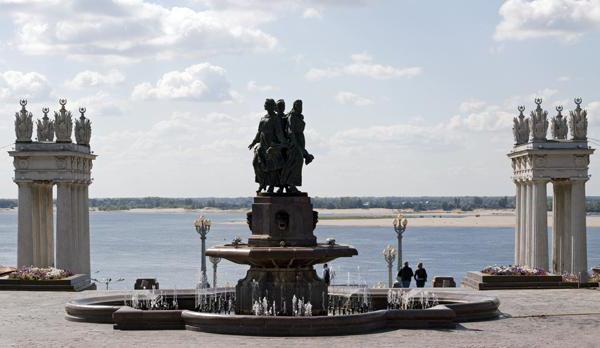
From past
The formation of the Volgograd region is rooted in 1919. The events taking place on its territory are toponymously associated with the Don region, the Astrakhan and Saratov provinces. The capital of the region - Volgograd (until 1925 - Tsaritsyn, until 1961 - Stalingrad) - was an ordinary county town (district center).
In the period from 1935 to 1970. hundreds of factories, factories, livestock farms, and poultry farms were built in this area. Mass objects of social and cultural life were erected: hospitals, kindergartens, cultural centers, clubs. Hundreds of thousands of people worked at enterprises and institutions.
The population of the Volgograd region, like many other regions of the USSR, did not feel the need for jobs. We needed fitters, turners, milling machines, doctors, teachers, educators, mechanics, drivers, livestock specialists, technologists, engineers, milkers - the choice of professions was impressive. Guided by the slogan: "From each according to his ability, to each according to his needs." Workers were the most respected class in society.
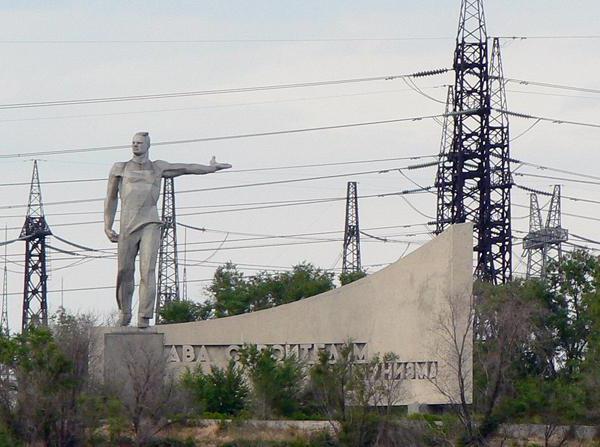
General information
The population of the Volgograd region is 2 million 547 thousand 227 people (data as of January 1, 2016). Nineteen cities here are united in 6 urban districts (Volgograd, Volzhsky, Kamyshin, Mikhailovka, Uryupinsk, Frolovo) and have 1 million 623 545 inhabitants (over 75% of the total population of the region). The largest cities are Volgograd (1 016 137 people), Volzhsky (325 895 people) and Kamyshin (112 501 people). The population of the Volgograd region (33 municipal regions, including Alekseevsky, Bykovsky, Gorodishchensky, Danilovsky, Dubovsky, Elansky, Zhirnovsky and others) is 923 682 people.
Urban-type villages in the named area 25. Some of the most densely populated:
- Ancient settlement (21 913 people);
- Middle Akhtuba (14,354 people);
- Yelan (14 081 people).
The population of the Volgograd region is settled with an average density of 22.55 people. on 1 m².
Based on the data of the Federal State Statistics Service, most of all there are Russians (90.01%), followed by Ukrainians and Kazakhs (1.39%). And in the east, closer to Kazakhstan, the population of the Volgograd region is 50% of the Kazakh people.
Negative economic growth
The economy of the region has been developing poorly recently. If, according to 2009 data, the Volgograd region was classified as moderately developed, today a steady "negative growth" is increasingly observed.
Such an eloquent indicator as standards of living major cities of Russia, in 2014, the capital of the region turned out to be a stalemate. Specialists of the Department of Sociology of the Financial University under the Government of the Russian Federation assigned Volgograd 37th place (out of 37 possible).
Talking about the prosperity of district centers and municipalities is not possible at the same time. But the population density of the Volgograd region is quite high - not only pensioners live in villages and urban-type settlements, but also young people, who are especially hard to bear the lag.
In 2016, the fluctuation of opinions and actions on the issue of prospects for the development of the region was noted.There are many optimists among the population who are covered with the military and labor glory of the land who believe that the Volgograd Region can and should become economically developed, stable, attractive for the lives of its citizens, and do not leave. But there are those who are tired of waiting for better times, those who are ready to leave (or have already left) the steppe region.

Return to Russia
Today, such a movement reduces the population of the Volgograd region. In the 90s, the return of former Soviet citizens from the vast expanses of a once huge country to Russia fueled the region. The migratory return flow was truly stunning.
Hundreds of thousands of people, driven by the winds of change from yesterday’s sister republics, traveled to the Volga: to their small homeland, or “anywhere,” only to survive the period when one state was dying and the other was just born.
The Volgograd region seemed to many to be the promised land, because the time had not gone so far when the industrial development of the region took great strides, agriculture stood firmly on its feet, millionaire collective farms were famous, and in the risky farming zone the fields were amalgamated.
Stress Migration
In the zero years, the so-called stressful migrations dried up, and the perestroika processes did not go as joyfully as expected. Depopulation processes began to be observed: fertility was falling, mortality was increasing. At that time, Volgograd ceased to be a millionaire city, although, together with the satellite population - Volzhsky and Krasnoslobodsky - it still held a proud status.
But just as the number of people on a given street is not equal to the number of inhabitants of the houses that make up it, so the population of the Volgograd Region is not the same as its “humanity”. Medium and small cities have suffered significant casualties for years. This was felt by many settlements, including Kamyshin, Petrov Val, Zhirnovsk, Nikolaevsk.
Often they leave from there, not of their own free will, but forcedly, because they cannot find the desired job with decent wages. This phenomenon can be arbitrarily called search migration.
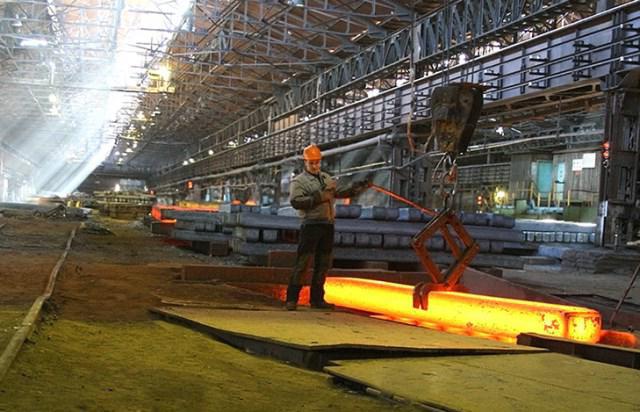
Hidden 6 unemployment
The employment of the population of the Volgograd region today poses a number of problems, the main of which is relevant for many regions of Russia, but in medium and small cities it reaches a boiling point. City-forming enterprises are either closed or half-hearted, or, barely beginning to come to life, collapsed into the next wave of crisis, returning to the 90s.
Reduction of staff, the transition from the usual five to a couple of working days a week, sending on forced leave - all this leads to hidden unemployment. The population of the Volgograd region is familiar with it firsthand. The standard of living of the working-age population has declined, and working poor have appeared.
There are enough shops and entertainment outlets, but people don’t have enough money to take advantage of such a wide offer (for the regionals): the majority lives in austerity mode - paying for housing and communal services, training, treatment, buying an elementary grocery set. All this fuels social tension. A focus on the commodity economy worsens the situation in the field of employment - this sector does not require many jobs, and the manufacturing sector does not develop or grow at an insufficient pace.
Grew up but not grown
More recently, in 2009, the Volgograd region. noted a high level of development of small business. It was believed that he would improve the situation on the employment market, increase the entrepreneurship of citizens, their ability to easily navigate the market sea.
However, outside the strong industry and agriculture, with the active offensive of a number of large network companies, small business was not up to par, even though it was intended to be encouraged in every way. The current crisis (if we mean by it a sharp, sharp turn, and not overproduction) has hit the real sector of the economy powerfully.The circle is closed: the lower classes (small business) cannot, but the upper ones (real sector) are not able to. Is it because the population of the Volgograd region is looking and not always finding work?
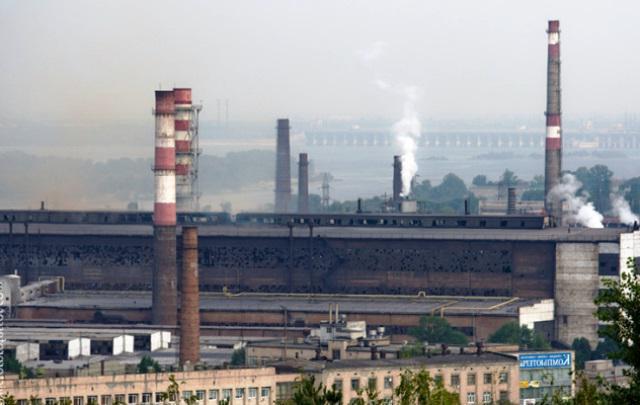
Strong economy
Mitigation measures are being taken. Additional programs are being implemented. measures related to the improvement of the labor market for which consolidated federal (mainly), regional, and entrepreneurial funds are allocated. They include advanced training, graduate internships, temporary employment, organization of public works, and support for self-employment.
But many experts believe that this does not fundamentally solve the main problem. We need a revived and steadily growing real sector of the economy that will not swing like a blade of grass in the wind from sanctions or their abolition. “Not the economy of the Volgograd region from circumstances, but circumstances from a developed economy” - this could become the new motto of the Volga people (and the Russians as a whole).
Be carefull
The planned economy is a thing of the past, and the market is experiencing crises from time to time. Both the state and people, including residents of the Volgograd land, should be prepared for this. The Department of Social Protection of the Volgograd Region's population within the framework of the program “Social Support for Citizens for 2014-2016 and for the Period Until 2020” provides support to citizens in difficult situations. The latter include those who are left without work (as they fall into the category of low-income).
But social benefits are a temporary measure. There is an opinion that mobile people who are ready for changes in the labor market will always find themselves in one or another professional field. If at the same time to increase the level of employment not only with the help of small business, but also by maintaining and developing city-forming enterprises, then the success of the enterprise is guaranteed.
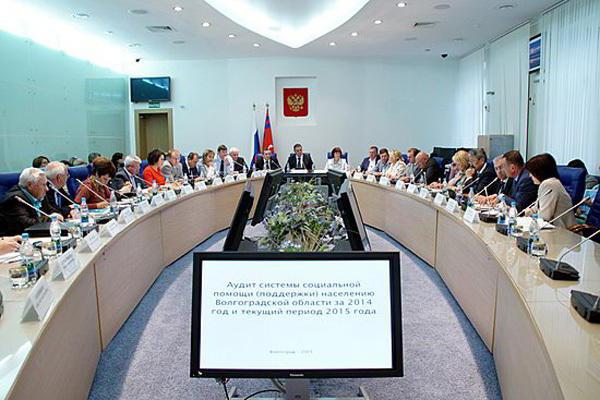
Expert advice
Nevertheless, the sphere of labor and employment in the Volgograd region requires improvement. This also states the so-called expert advice. The reason for its creation and the conduct of an independent audit (audit) of such an important industry as employment was a certain imbalance.
It lies in the fact that supply and demand do not match. The composition of the unemployed (their profession, qualifications) does not correspond to the available vacancies, and there are two for each unemployed! It would seem, what more could you want?
But, if you open the service register, it becomes clear: the population of the Volgograd region is having difficulty finding work. True, not all seekers are ready to abandon the already acquired skills and abilities in favor of acquiring new ones. And there are those who have made unemployment status their second profession. The Council intends to seriously understand what is happening, to find ways out.
Social Code
The members of the Expert Council (deputies, representatives of the public chamber, industrialists, officials) suggest that the control and audit chamber join forces with the committee on labor and employment of the population of the Volgograd region and evaluate how effective the measures taken for employment are.
It is recommended to study the positive practice of eliminating unemployment in other constituent entities of the Russian Federation and introduce the best approaches in the Volgograd region. The Committee on Labor and Employment is puzzled by the preparation of information about those who were repeatedly deregistered, but soon became there again. It will be necessary to calculate how much is acceptable on average in the registration lists.
The Chamber of Control and Accountability of the described region initiated an audit in the field of social protection. On July 1, 2016, the Social Code entered into force here. The population of the cities of the Volgograd Region (as well as the villagers) to some extent regarded it as scandalous, since it is based on the principle of inefficiency in spending social support funds and is aimed at reducing spending.

